Slash Cloud Costs in Half with AWS Lambda
Discover how to cut cloud costs by 50% with AWS Lambda. EaseCloud helps optimize performance and savings for your business.
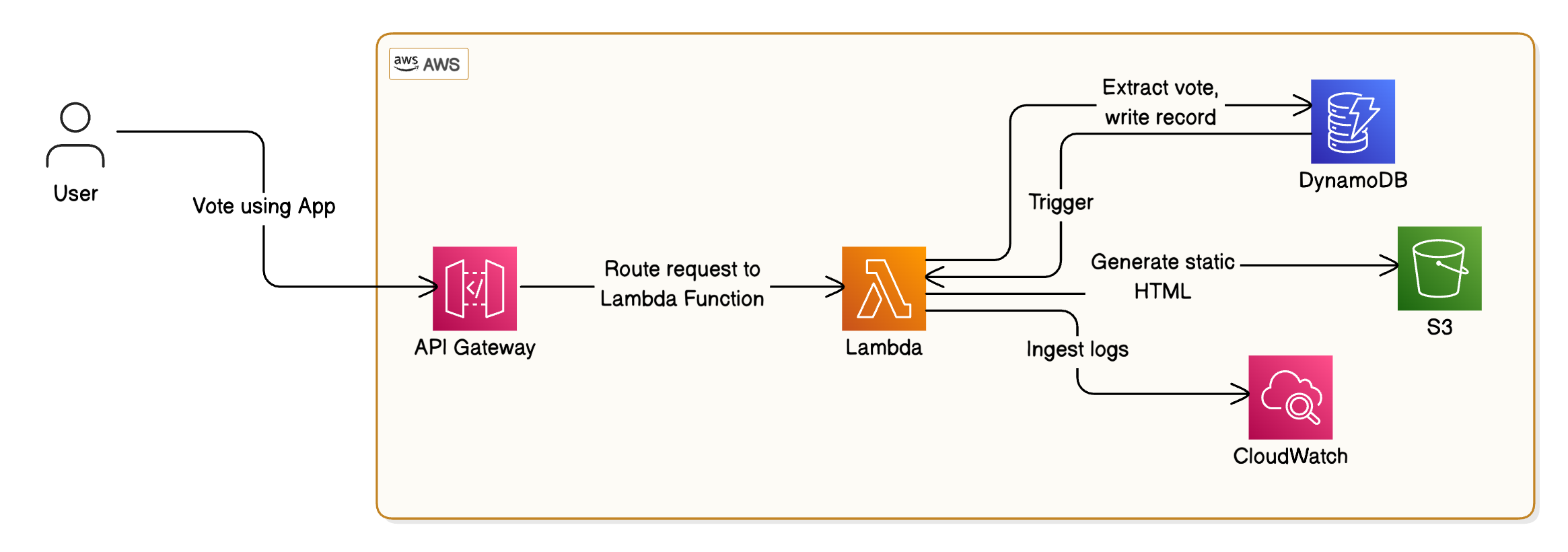
Companies are increasingly adopting serverless architectures to modernize their operations and optimize costs. As businesses scale their cloud infrastructure, managing AWS computing costs becomes crucial for maintaining profitability. AWS Lambda offers a powerful solution for companies looking to leverage serverless architecture while significantly reducing their cloud expenses.
The Cost of Cloud Computing
Modern company operations rely heavily on cloud computing. However, as companies engage heavily in cloud infrastructure, the associated expenses often become too much for them to handle. Traditional server architectures cause resources to be underutilized, which not only costs money and effort but also results in wasted spending. AWS Lambda offers an economical option to manage cloud expenses by permitting the use of computing resources only when necessary.
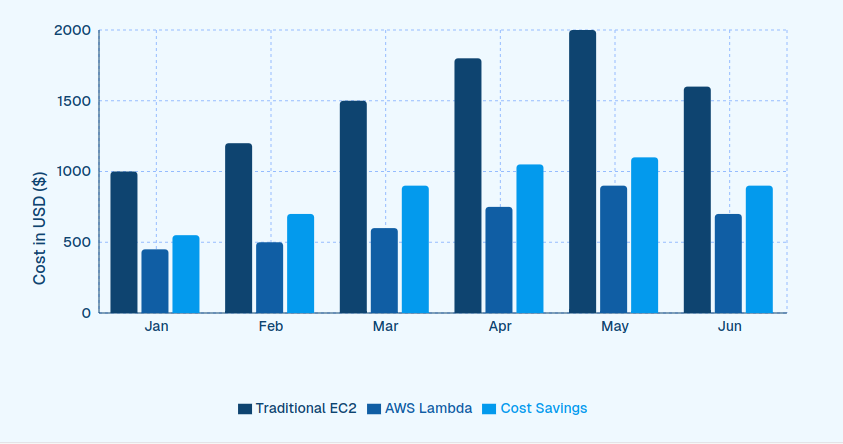
50% cost reduction with AWS Lambda compared to traditional servers.
How AWS Lambda Works to Cut Cloud Costs
1. What is AWS Lambda?
AWS Lambda is a serverless cloud computing service that allows developers to run code without the need to provision or manage servers. It automatically scales resources based on the volume of requests, ensuring cost optimization by charging only for the compute time used. This flexibility eliminates the need for additional configurations, streamlining the application development process.
How the Serverless Architecture Saves Costs
Because AWS Lambda is an automated service with little server idle time, customers only pay for the resources they utilize. This strategy differs from conventional approaches, which frequently allocate resources for set periods, like hourly schedules, resulting in needless expenses.
2. Pay-Per-Use Pricing Model
Explaining the pricing structure of AWS Lambda
With its pay-per-use pricing model, AWS Lambda charges users according to the volume of requests and the length of time the code runs. This removes expenses related to underutilized or idle server capacity and guarantees that clients only pay for the resources they use.
How Cutting Costs by Paying Only for Execution Time Works
With AWS Lambda, you can stop paying for server capacity that isn't being used. Businesses may drastically save expenses using its pay-per-use model, particularly for applications that are not used frequently. This method is cost-effective since it guarantees that companies only pay for the actual execution time.
3. Removal of Server Maintenance Costs
No Server Provisioning and Maintenance Required
One of AWS Lambda's primary benefits is its capacity to allocate physical resources automatically and handle maintenance and updates. This not only saves infrastructure costs but also eliminates the need for manual server operations, allowing companies to focus on their core competencies.
How AWS Lambda Scaling Automates and Saves Some Costs
AWS Lambda eliminates the need for human intervention by dynamically scaling applications in response to workload needs. By reducing unnecessary server usage and the costs associated with maintaining additional capacity, dynamic scaling provides businesses with a practical and affordable solution.
4. Resource Utilization
How Lambda Assigns Processing Resources Automatically
AWS Lambda is made to autonomously distribute computing power according to each function's requirements. For instance, Lambda will dynamically distribute the required resources if a function needs 10 GB of memory, guaranteeing that the task has the appropriate amount of capacity. This on-demand resource allocation lowers wasteful expenses while improving performance.
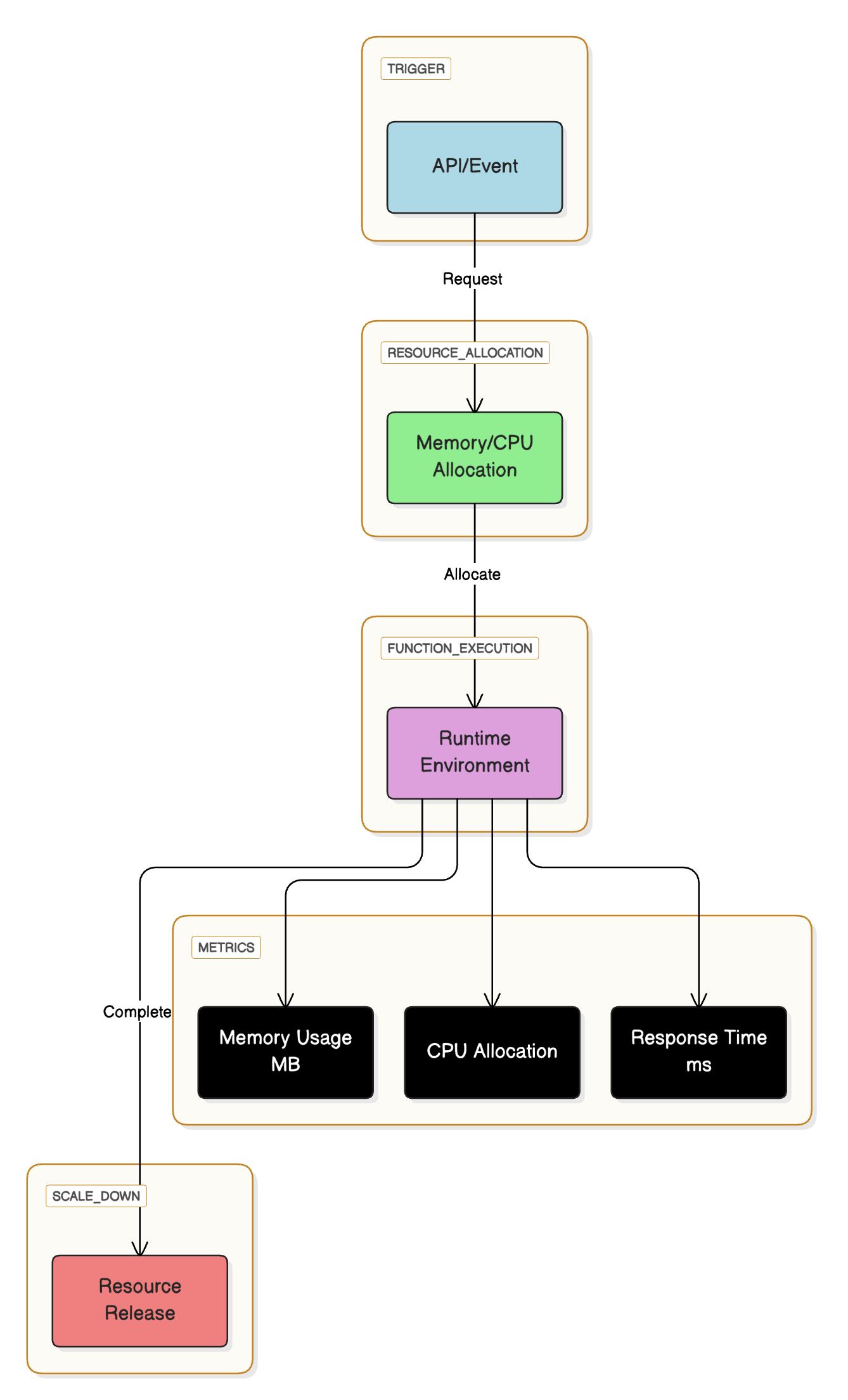
Dynamic resource allocation process in AWS Lambda
Avoiding Over-Provisioning with Lambda's Dynamic Resource Allocation
To handle peak loads, businesses usually overprovision resources in traditional cloud computing models, which leads to idle server space and unnecessary costs. AWS Lambda, however, automatically adjusts resources based on actual demand. Because it eliminates the need for over-provisioning and ensures that companies only pay for the processing power they utilize, this is a more cost-effective and efficient solution.
5. Keep Functions Short to Maximize Savings with AWS Lambda
Optimizing Cost Efficiency with Short-Term AWS Lambda Workloads
Shorter, event-driven apps with a set execution period are ideal for AWS Lambda. Because you only pay for the processing power required during execution, using Lambda functions to complete these activities is frequently less expensive than operating a traditional server. This method aids companies in cutting expenses and improving their cost-effectiveness.
Maximizing Efficiency with Bulk Job Processing and Event-Driven Architectures
Batch processing and event-driven jobs, where the cost is directly proportional to the resources required at a given moment, are areas in which Lambda shines. Since expenses are only incurred when the service is actively used, this pay-per-use strategy aligns with consumer cash flow. Businesses may maximize performance and cost-effectiveness by utilizing Lambda for these kinds of workloads.
6. Enhancing Simplicity with Serverless Functions
Streamlining Architecture with AWS Lambda Functions
With the help of AWS Lambda functions, developers may deconstruct complicated apps into smaller, easier-to-manage components. By reducing complexity, this modular approach offers flexibility and ultimately lowers overall expenses. Lambda makes programming easier while enhancing scalability and efficiency by handling each step separately.
Savings through Simplified System Design
AWS Lambda removes the need for complicated system infrastructure by automating backend server management. This "serverless" model frees up businesses to focus on delivering their core strengths by eliminating unnecessary expenses. By streamlining procedures and making server administration easier, Lambda reduces expenses and boosts operational effectiveness.
7. Integrating CloudWatch to Prevent Overspending
Monitoring Cloud Usage in Real Time with AWS CloudWatch
Real-time Lambda function monitoring is made possible by AWS CloudWatch, supported by our observability and monitoring expertise, which gives companies complete insight into their cloud usage. Organizations may make sure they're only paying for what's required and prevent overpaying from oversight by keeping a careful eye on resource utilization.
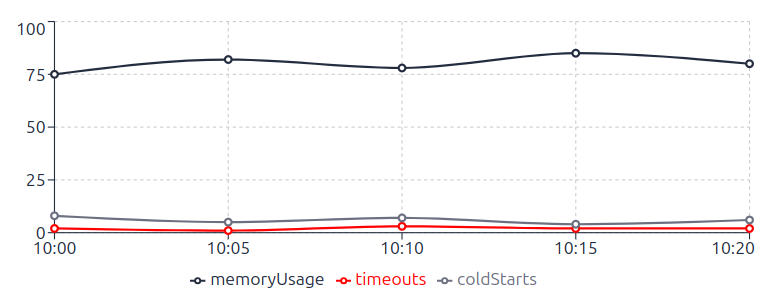
AWS Lambda key performance and cost monitoring
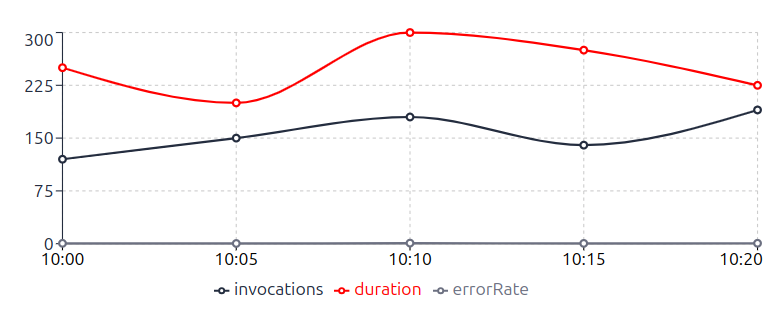
Image credit: The EaseCloud Team
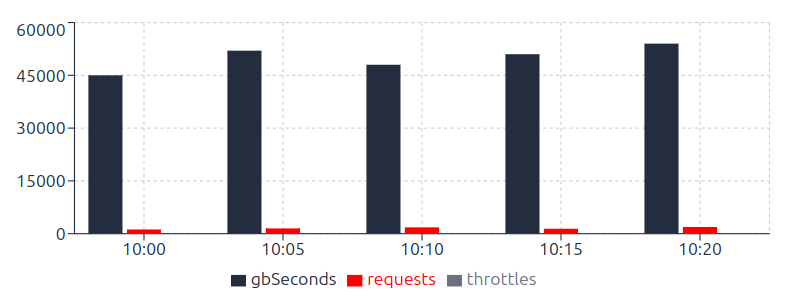
Image credit: The EaseCloud Team
Using Budgets and Alerts to Control Costs
With CloudWatch, customers may create alerts that warn them when their consumption goes close to certain limitations and set budgets. By ensuring the company stays within budget and issuing early warnings, this proactive method helps reduce cost overruns.
8. Taking Advantage of the AWS Free Tier to Save Costs
Understanding the Limits of the AWS Lambda Free Tier
For Lambda, AWS provides a Free Tier that covers a large percentage of use, including monthly computation time and requests. Businesses can reduce expenses by being aware of these limitations, especially for lighter workloads.
Maximizing Savings for Small Projects with the Free Tier
For new projects and small-scale applications, the AWS Lambda Free Tier is perfect since it allows companies to cut expenses while still taking advantage of Lambda's advantages. Businesses with low resource requirements benefit greatly from the pay-per-use model, which helps them avoid overspending as they grow.
8. Automatic Cost-Optimization Techniques
Leveraging Cost Management Tools with AWS Lambda
Cost management solutions that assist in locating waste and inefficiencies can be combined with the serverless architecture of AWS Lambda. Our DevOps consulting services can help implement these optimizations effectively. With the help of these solutions, companies may automatically reduce costs without hiring more staff.
Identifying and Eliminating Unused Functions and Services
An essential component of cost control is keeping an eye on function usage. This procedure guarantees the avoidance of resource waste. Businesses can drastically cut down on wasteful spending if they place a high priority on effective resource management and actively involve their leadership.
In Summary
Highlighting the Benefits of AWS Lambda in Cost Management
The way businesses use the cloud has been completely transformed by AWS Lambda. It tackles important issues including unused server resources, exorbitant infrastructure expenses, and the inefficiencies of conventional server approaches. AWS Lambda's serverless environment guarantees that businesses only pay for the resources they truly utilize, increasing the efficiency and affordability of cloud computing.
How does AWS Lambda help Prevent Overspending on the Cloud?
Because of its characteristics, AWS Lambda is at the forefront of cloud cost management as cloud optimization continues to advance. Its pay-per-use pricing approach, serverless design, and dynamic auto-scaling allow businesses to successfully manage expenses while obtaining the adaptability and scalability they require to succeed. Furthermore, backups are automatically maintained thanks to Lambda's interface with external data storage systems, which further cuts down on wasteful spending.
Driving Business Value with AWS Lambda
AWS Lambda transforms cloud cost management through:
- Precise pay-per-use billing
- Automated resource optimization
- Zero infrastructure maintenance
- Seamless scalability
Whether you're migrating to the cloud or optimizing existing infrastructure, implementing AWS Lambda strategically can reduce cloud costs by up to 50% while improving application performance and reliability.
Impact of EaseCloud on Cost Optimization with AWS Lambda
EaseCloud helps businesses maximize the cost-efficiency of AWS Lambda. By streamlining architecture and automating workflows, we empower companies to slash cloud expenses while maintaining performance and scalability. Our expertise ensures optimal usage of resources, giving you the freedom to innovate without worrying about spiraling costs.
1. What is the pricing model of AWS Lambda?
As a rule, AWS Lambda's pay-as-you-go somewhat facilitates smaller bills, especially for applications with variable workloads or infrequent usage patterns.
2. Which applications are best suited for AWS Lambda?
AWS Lambda is best suited for event-driven applications and microservices architectures. It is particularly effective for mission-critical workloads where quick scaling and minimal server management are essential. This serverless approach provides the flexibility to handle unpredictable traffic or workloads efficiently.
3. Can Lambda manage large-scale business applications?
Yes, AWS Lambda can manage large-scale applications. It eliminates the need for server management and scales automatically based on demand. Lambda's architecture, in combination with AWS CloudFront's fine-grained distribution, ensures efficient resource allocation across multiple locations worldwide, making it ideal for global business applications.
4. How do I monitor and control AWS Lambda costs?
With AWS CloudWatch, you can check consumption and create budgets while keeping an eye on your AWS Lambda expenses. You can monitor your Lambda service expenses with CloudWatch and make any adjustments to stay within your budget. Reviewing and correctly configuring your functions regularly will assist keep costs under control.
5. What is AWS Lambda Free Tier and How Can Make the Most Out of It?
Each month, the AWS Lambda Free Tier offers a predetermined quantity of free resources, including a predetermined amount of execution time. Use Lambda for smaller workloads or test cases to maximize the Free Tier's benefits. This can assist reduce expenses while preserving AWS's potent serverless architecture.
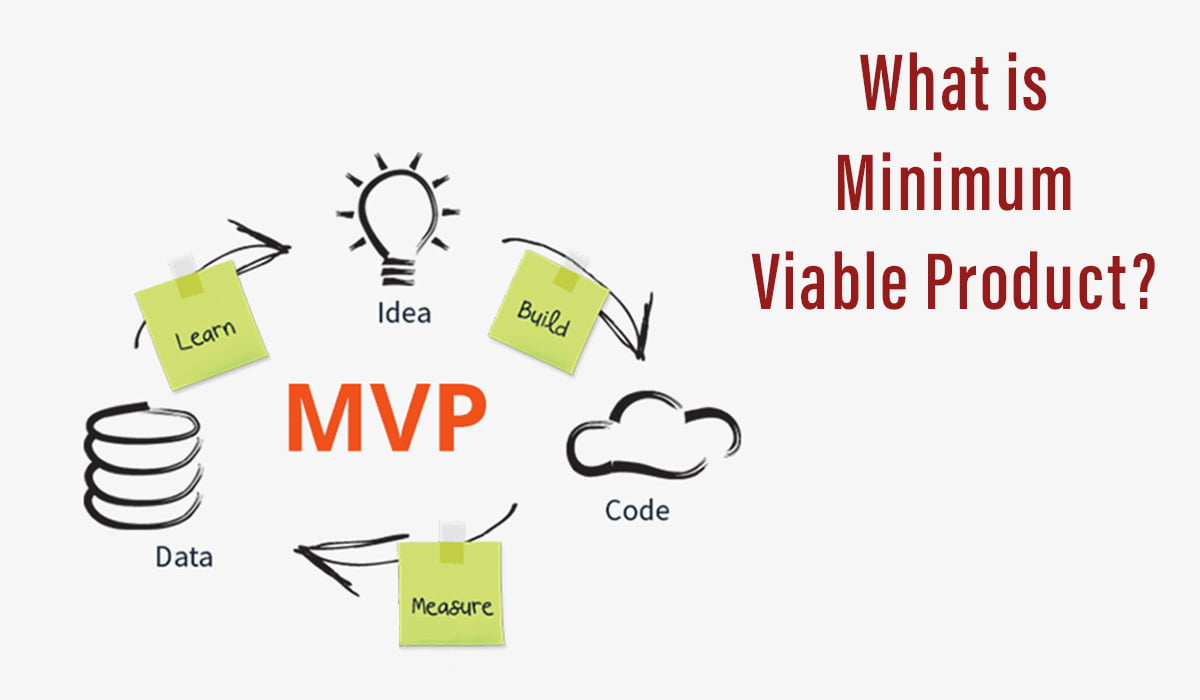
Discover how to create a lean MVP that wows investors. Learn strategies and see how EaseCloud supports your journey to innovation and funding.
Easily migrate your legacy systems to AWS with EaseCloud's expert roadmap. Minimize downtime and maximize efficiency with our seamless transition strategy.